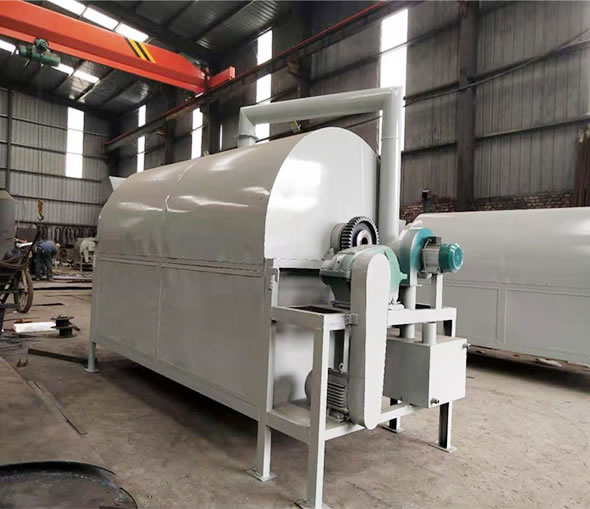






In a world where innovation and resource optimization are paramount, Singapore stands at the forefront of progressive solutions. Among these is the revolutionary use of dehydration equipment that extends far beyond traditional preservation methods. In particular, the dehydration of strawberries has become a beacon of collective achievement, demonstrating how advanced technology can intertwine with agriculture to boost economic growth and foster community success.
Dehydration technology, though not new, has undergone significant advancements, making it an essential tool for food processing and preservation. In Singapore, this technology has been harnessed to perfection, especially within the realm of fruit dehydration. Strawberries, being a favored fruit, present an ideal candidate for showcasing the potential of dehydration techniques.
The process begins with the careful selection of premium quality strawberries. These fruits are then washed and prepared by removing the stems and leaves, ensuring only the finest parts are dehydrated. The magic happens when these prime berries are introduced to state-of-the-art dehydration equipment.
This equipment precisely controls temperature, airflow, and humidity levels to gently remove moisture from the strawberries. The result? A lightweight, flavorful, and nutrient-dense dried strawberry that retains its shape, color, and taste. This process not only extends the shelf life of the fruit but also allows for easier transportation and storage, significantly reducing waste.
The benefits of dehydration extend beyond product longevity. Dried strawberries find themselves in high demand due to their versatility. They can be rehydrated for use in smoothies, baked goods, or as a standalone snack. Their concentrated flavor makes them a popular ingredient in health foods and they are often incorporated into dietary supplements for their rich vitamin and mineral content.

Singapore's investment in dehydration equipment has not only bolstered the local agricultural sector but has also created a thriving market for value-added products. The country's commitment to research and development in this field ensures that the technology remains cutting-edge, providing a competitive edge in the global market.
Moreover, the success of strawberry dehydration serves as a blueprint for other produce, encouraging farmers to explore similar opportunities for various fruits and vegetables. This initiative fosters collaboration among farmers, technologists, and entrepreneurs, driving collective progress and innovation.
As Singapore continues to refine its approach to dehydration, the impact on food security, job creation, and economic growth cannot be understated. By harnessing the power of strawberries through dehydration equipment, Singapore is not just preserving fruit – it is preserving a pathway to shared prosperity and sustainable development.
In conclusion, the implementation of dehydration equipment in Singapore represents a triumph of modern technology meeting traditional agriculture. Through the lens of strawberry dehydration, we witness a harmonious blend of innovation and resource management that paves the way for collective success. The future is indeed bright as Singapore continues to push boundaries, transforming the humble strawberry into a symbol of economic and communal achievement.